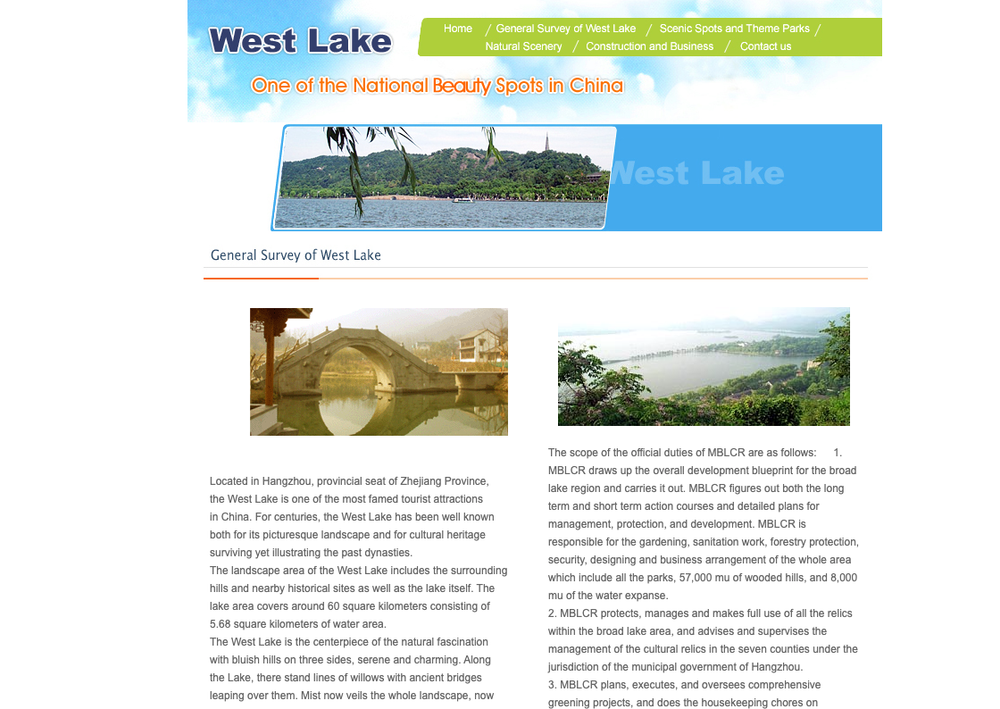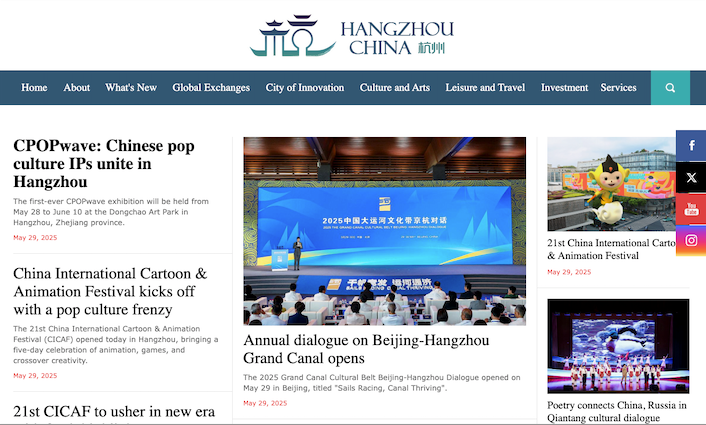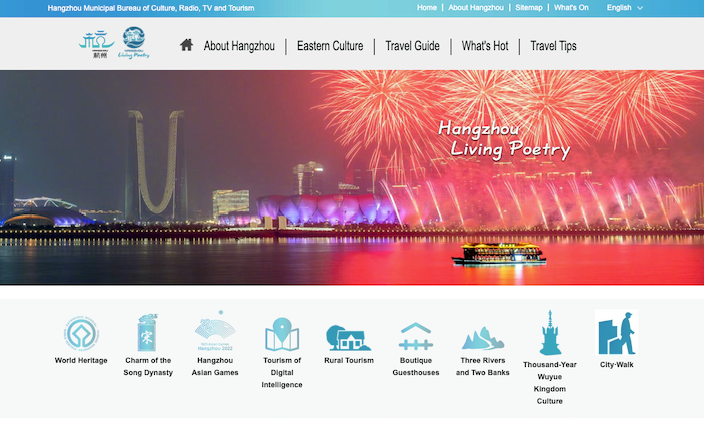1. Historical & Cultural Significance
West Lake (Xī Hú 西湖) is China’s most celebrated freshwater lake, spanning 6.38 km² with a perimeter of 15 km. Its origins trace back 2,000+ years, evolving from a coastal lagoon into a cultural icon under Tang and Song Dynasty poets like Bai Juyi and Su Shi (Su Dongpo), who built the Su Causeway. Recognized as a UNESCO World Heritage Site (2011), it embodies classical Chinese aesthetics—harmonizing temples, pagodas, and gardens with nature.
2. Natural & Architectural Highlights
- "Ten Scenes of West Lake": Seasonal masterpieces like:
- Spring Dawn at Su Causeway (桃红柳绿)
- Autumn Moon over Calm Lake (湖光秋月)
- Leifeng Pagoda in Sunset (雷峰夕照), tied to The White Snake legend.
- Three Pools Mirroring the Moon: Ancient stone pagodas reflecting moonlight, symbolizing harmony.
- Islands & Causeways: Xiaoyingzhou, Huxinting Pavilion, and Bai Causeway divide the lake into five sections.
3. Legends & Artistic Legacy
- The White Snake: A tragic love story set at Broken Bridge, where a serpent spirit falls for a mortal.
- Butterfly Lovers: China’s "Romeo and Juliet," linked to nearby Wansong Academy.
- Poetry & Art: Su Shi’s verse "Shimmering ripples on sunny days, misty hills in rain" captures its timeless beauty.
4. Visitor Experience
- Activities: Cycling, boating, tea ceremonies at Longjing Village, and night walks along Hefang Street.
- Access: Free entry (24/7); paid attractions like Leifeng Pagoda (~¥40).
- Best Time to Visit:
- Spring (March-May): Cherry blossoms.
- Autumn (September-November): Golden ginkgo leaves.
5. Conservation & Global Influence
Hangzhou’s "Returning the Lake to the People" policy removed fences (2002), prioritizing ecology and accessibility. The lake’s design inspired gardens worldwide, from Japan’s Shinjuku Gyoen to Europe’s classical landscapes.




